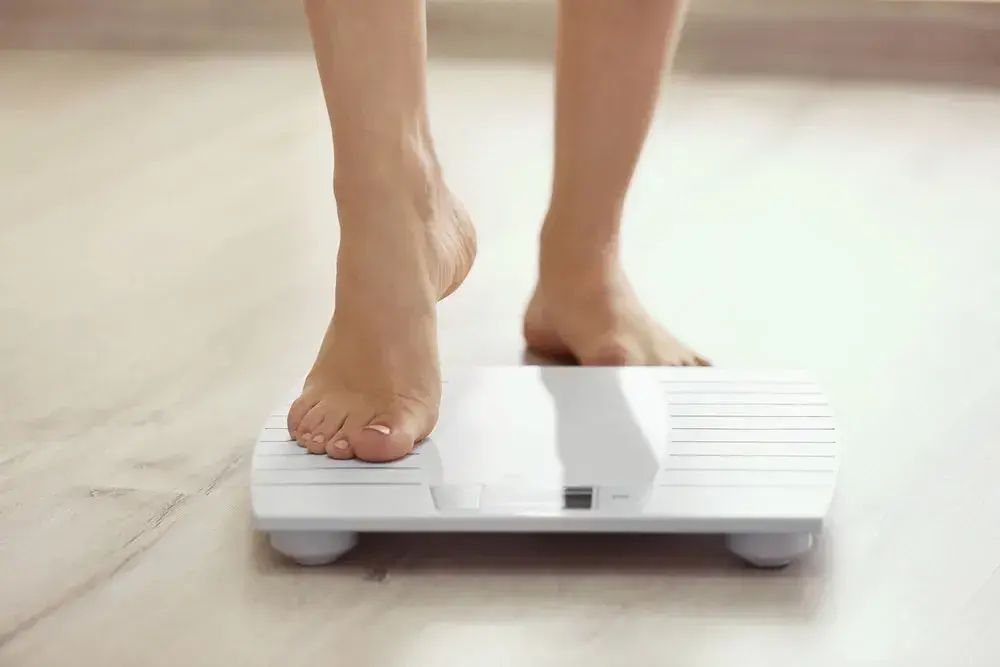2 min read
Don’t Just Track Calories: 3 Metrics That May Be More Useful
Garcia Weight Loss
:
Aug 17, 2018 12:00:00 AM

/assets/images/provider/photos/2579380.jpg)
When it comes to weight loss, the prevailing school of thought is “calories in, calories out.” There are countless weight-loss programs and apps that encourage you to track calories as a means of losing weight. But it isn’t always that simple. If you want to find success with weight loss, you may need to take a different approach.
The truth is, all calories are not created equal. If you’re focusing solely on calories, you may be consuming foods that are not going satisfy your hunger, boost your energy, provide you with vital nutrients, or help prevent disease. For example, 100 calories of blueberries will provide your body with antioxidants that will help protect against cellular damage, while 100 calories of sugar cookies will contribute to inflammation, which interferes with your body’s ability to lose weight.
That’s not to say that counting calories is useless. In fat, it can be a good way to figure out how much you’re eating and how much you need to cut back to lose weight. But, instead of exclusively counting calories, consider keeping track of a few other healthy eating metrics — like these:
Servings of fruits and vegetables
Increasing the amount of fruits and vegetables you eat is useful for almost anyone, even if you’re not trying to lose weight. These foods pack a powerful nutritional punch with vitamins and minerals, as well as fiber to help digestion. To top it off, they’re naturally low in calories — as long as you don’t add sugar or high-calorie sauces or dressings to them.
The USDA generally recommends five to nine servings of fruits and veggies, and most people aren’t getting that much. In addition, most people don’t realize that a serving is often much bigger than they realize.
Try keeping track of how many servings you eat, and aim for at least nine per day. You’ll have to cut back on some other foods to fit them in without adding calories, so cut back on bread, pasta, cheese, or other higher-calorie, inflammatory foods to make room for these better choices.
Glasses of water
Drinking plenty of water has a number of benefits for weight loss. It can help you feel fuller, making calorie-cutting a little easier. It also helps your metabolism function at its optimal level. And, it prevents sluggishness and headaches, which can stand in the way of your exercise routine.
Women should be getting at least 91 ounces of water a day, and men 125 ounces. Food with high water content, like fruits and vegetables, can contribute to this amount. But, be sure you’re drinking pure water and not soda, caffeinated drinks, or alcoholic beverages. These add unnecessary calories and can even dehydrate you.
Minutes of activity
Exercise isn’t just about slimming down. Being active will boost your energy levels, improve your mood, and reduce your risk of many diseases. Don’t treat exercise as a “have to do” activity to drop pounds. Instead, do it because it’s one of the best ways to improve your overall health!
Experts recommend about 150 minutes of moderate exercise per week (30 minutes per day). If that seems overwhelming to you, start with where you are and work your way up. Even 10 or 15 minutes a day has health benefits and is a good place to begin. Gradually increase your exercise time each week until you’re up to 30 minutes per day.
Tired of one-size-fits-all diets? Garcia Weight Loss and Wellness Centers offer personalized weight-loss programs designed to address the underlying health issues that can make weight loss difficult, such as chronic inflammation and hormonal imbalances. Contact us today for your no-cost consultation!

Hormones And Weight: Imbalances That Can Cause Weight Gain


